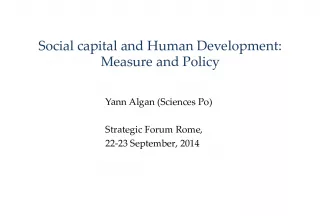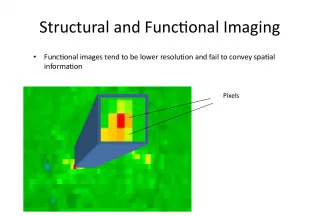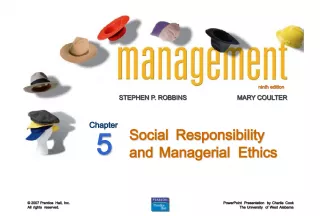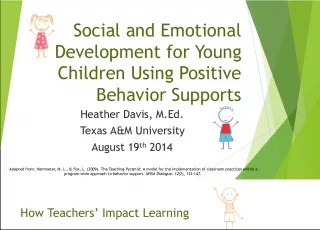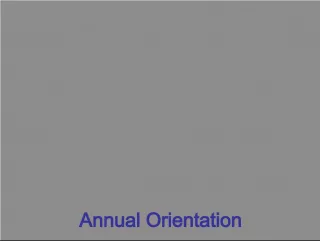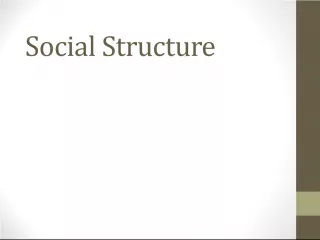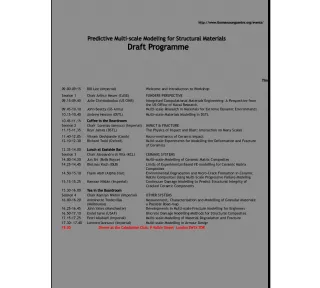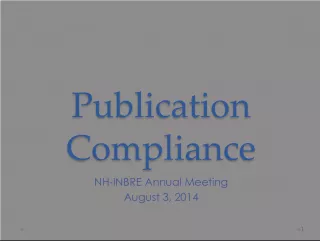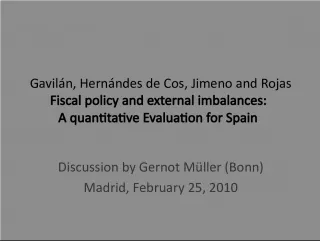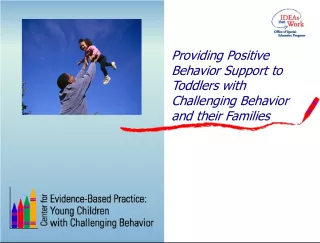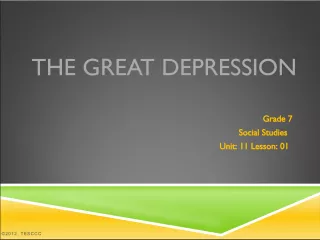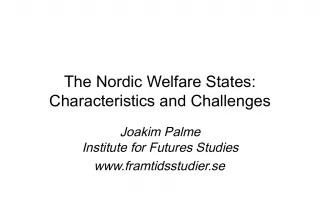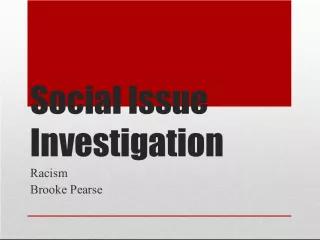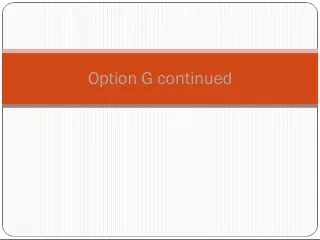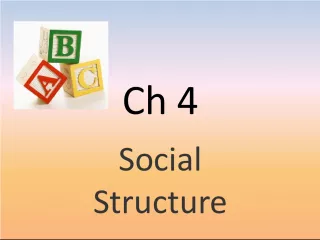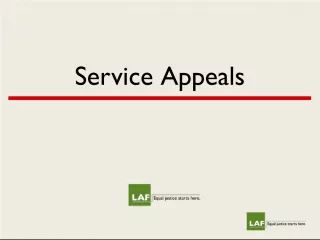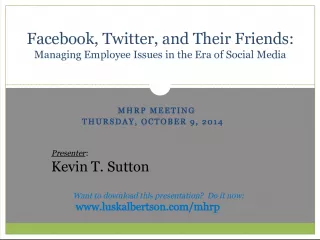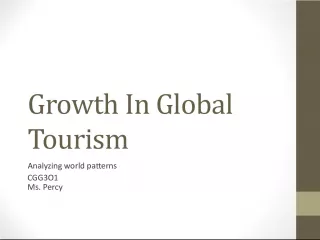Structural factors and social policy outcomes
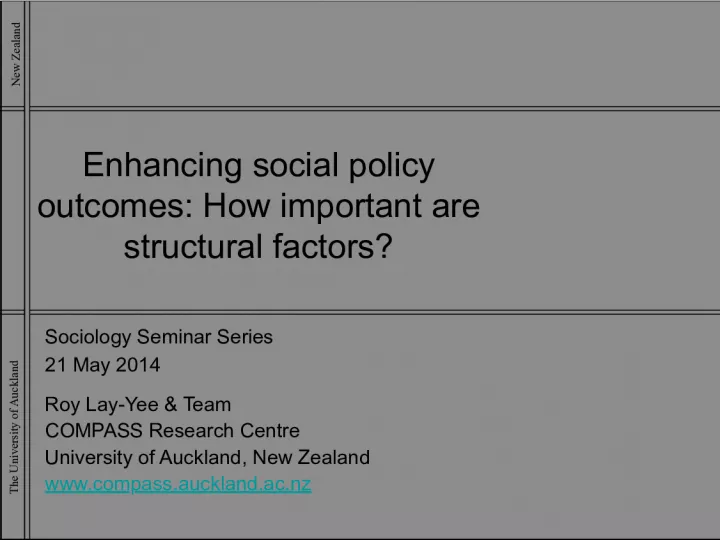

Join the Sociology Seminar Series in May to explore the significance of structural factors in enhancing social policy outcomes at The University of Auckland, New Zealand.
- Uploaded on | 2 Views
-
 gregscott
gregscott
About Structural factors and social policy outcomes
PowerPoint presentation about 'Structural factors and social policy outcomes'. This presentation describes the topic on Join the Sociology Seminar Series in May to explore the significance of structural factors in enhancing social policy outcomes at The University of Auckland, New Zealand.. The key topics included in this slideshow are . Download this presentation absolutely free.
Presentation Transcript
1. The University of Auckland New Zealand Enhancing social policy outcomes: How important are structural factors? Sociology Seminar Series 21 May 2014 Roy Lay-Yee & Team COMPASS Research Centre University of Auckland, New Zealand www.compass.auckland.ac.nz
2. The University of Auckland New Zealand Enhancing social policy outcomes Social policy goal to improve outcomes for disadvantaged Need to know most influential factors, i.e. best policy levers An influential perspective is social determinants framework (WHO Commission 2008, Marmot Review 2010) - applied to health argues primacy of structural factors - sociological How do we show if structural factors are most important? Further, how do we show if efforts to tackle disparities will make a difference to the most disadvantaged? 2
3. The University of Auckland New Zealand What we are offering Empirical model of what social factors influence outcomes Captures social complexity, heterogeneity, change Mechanisms contextualised in social system (theory) Pathways may be amenable to intervention (policy) Use simulation to test scenarios - ask what if questions, i.e. impact of changing social determinants on outcomes Model developed in health but applicable to other domains 3
4. The University of Auckland New Zealand Outline Rationale Social determinants of health Data source Our conceptual model Research questions Method Microsimulation Policy application Scenario testing answering what if questions Conclusions 4
5. The University of Auckland New Zealand Social determinants (SDs) of health Health disparities are rooted in SDs that confer differential vulnerability to poor health or exposure to conditions that produce poor health Structural factors comprise SDs of health disparities (that are also SDs of health) while intermediary factors comprise other SDs of health (only) Debate as to relative importance, as effective policy levers, of structural or intermediary factors 5
6. Social determinants of health framework Solar & Irwin, 2010 (WHO) 6
7. The University of Auckland New Zealand D ata source Christchurch Health & Development Study L ongitudinal study of birth cohort born in 1977 ( on-going) U sed for our model - 1017 c hildren from birth to 10-years-old 7
8. Our model of social determinants of child well-being Structural factors (fixed) Child Gender Ethnicity Parental Age (at birth of child) Ethnicity Education Familial Socio-economic position (at birth of child) Proxy indicators (modifiable) Family composition Single- or two-parent Number of children Income source Parent employment Welfare dependence Intermediary factors (modifiable) Owned/ rented home Overcrowding Accommodation type Change of parent Change of residence Parental smoking Family doctor visits Reading ability Conduct problems Outcomes 8
9. The University of Auckland New Zealand Research questions What is the effect of improving various factors (potential determinants) on child outcomes? Q1. Are structural or intermediary factors more influential? Q2. Is there greater impact on socially disadvantaged groups? Q3. Do the same mechanisms operate for outcomes in a range of domains: GP visits, reading ability or conduct problems? 9
10. The University of Auckland New Zealand What is microsimulation ? Begin with a starting sample of children Based on Christchurch Health & Development Study (CHDS) Derive statistical equations from CHDS Apply equations to starting sample to reproduce original CHDS patterns A sample of children with typical synthetic biographies We have created a virtual world Predict what might happen if conditions were to change Change the original settings to pose what if scenarios 10
11. Virtual versus real cohort: family doctor visits, reading ability, and conduct problems, by year of age 11 Year Real cohort (CHDS) n=1017 Virtual cohort (simulated) n=1017 Absolute error Absolute error / CHDS mean Family doctor visits (mean (95% CI)) 1 5.82 5.82 - - 2 5.34 5.28 0.06 - 3 3.31 3.18 0.13 - 4 3.13 3.15 0.02 - 5 3.22 3.12 0.10 - 6 3.35 3.32 0.03 - 7 2.43 2.41 0.02 - 8 2.14 2.15 0.01 - 9 1.96 1.90 0.06 - 10 1.65 1.68 0.03 - All years 3.24 3.20 (3.15-3.25) 0.04 1.2% Reading ability: BURT score (mean (95% CI)) 8 45.3 45.3 - - 9 54.4 54.7 0.3 - 10 64.1 63.7 0.4 - 11 72.8 71.9 0.9 - 12 79.5 78.9 0.6 - 13 85.2 84.6 0.6 - All years 66.9 66.5 (65.7-67.4) 0.4 0.6% Conduct problems (mean (95% CI)) 6 10.6 10.6 - - 7 24.6 24.8 0.2 - 8 24.4 25.0 0.6 - 9 24.7 25.3 0.6 - 10 24.9 25.6 0.7 - All years 21.8 22.3 (22.1-22.4) 0.5 2.3%
12. The University of Auckland New Zealand What is microsimulation ? Begin with a starting sample of children Based on Christchurch Health & Development Study (CHDS) Derive statistical equations from CHDS Apply equations to starting sample to reproduce original CHDS patterns A sample of children with typical synthetic biographies We have created a virtual world Predict what might happen if conditions were to change Change the original settings to pose what if scenarios 12
13. The University of Auckland New Zealand Scenario testing What if there was a policy intervention that changed social determinants? What would be its impact on outcome? Base simulation (no change) vs. improvement simulation (modifying factors in a direction expected to advantage people, e.g. father employed, family not welfare dependent) 13
14. The University of Auckland New Zealand Scenario testing procedure 1. We improved single factors and assessed the degree of impact on outcome (little effect) 2. We improved multiple factors simultaneously (bigger effect) 3. We compared the relative effects of improving structural and intermediary factors 4. We posed best case scenarios by improving structural and intermediary factors simultaneously 14
15. The University of Auckland New Zealand Outcome: GP visits 15 Increasing the number of visits per year i.e. increasing access to GP care is interpreted as an improvement in outcome
16. 16 Watch this space
17. 17 Base-line shows social gradient
18. 18 Structural factors have greater effect than intermediary
19. 19 All groups benefit but more so for disadvantaged
20. 20 Gradient flattens closing gap structural factors important
21. The University of Auckland New Zealand Outcome: Reading ability 21 Increasing the reading score is interpreted as an improvement in outcome
22. 22 Watch this space
23. 23 Gradient flattens closing gap structural factors important
24. The University of Auckland New Zealand Outcome: Conduct problems 24 Reducing the number of conduct problems per year is interpreted as an improvement in outcome
25. 25 Watch this space
26. 26 Gradient flattens closing gap structural factors important
27. The University of Auckland New Zealand Summary of results Q1: Effect of modifiable structural factors is greater than of intermediary factors Q2: Clear social gradient of impact with the benefits of intervention flowing disproportionately to the most disadvantaged Q3: Similar findings for range of outcomes in different domains 27
28. The University of Auckland New Zealand Conclusions Our simulation model can be used to test scenarios What if there was a policy intervention that changed social determinants? What would be impact on outcome? Policy implications Important to tackle (multiple) structural & intermediary determinants esp. structural argues for inter-sectoral policy? fundamental change? Social gradients of impact, more disadvantaged groups gain more benefit argues for progressive universalism? Social policy can potentially make a difference to the most disadvantaged 28
